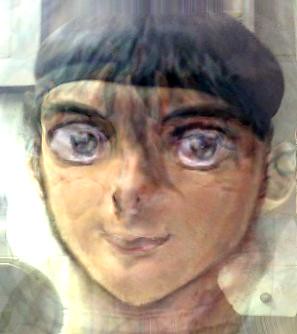Form focus lesson.
This lesson I picked apart the way people were doing certain techniques in the beginning forms. I didn't go into great detail about why I wanted them to work on the moves that I was correcting beyond that they were doing them wrong. I gave them the corrections and set them to repetition drills working on the problem moves. This might seem like a less productive way for students to learn but there is a natural order of things, and a reason for its existence. Bai Long Quan has a strong tradition of forms, they are the core of what we teach. We learn many different forms some form other styles most (in my branch) original. The idea behind learning the forms is to better understand how to use the moves that we teach. There are at least a three levels involved in this. There is the direct application, indirect application and what may be called the incidental application.
The direct application is straight forward, the punch is a punch, the block is a block this is taught to beginners. The indirect application, which becomes a little more abstract, it might be use the block as a strike, and the stance as a kick. Then finally the incidental application, this becomes harder to recognize again, here you might use a stance to grapple and a punch to block. To make it more interesting, all these different types of moves and different combinations may be taught initially as one technique (with direct application only). Usually the more simplistic a move seems, the more interpretations can be made from it, because basics are at the heart of techniques.
To keep all the levels, the forms have to be learned in a standard way. The students need to learn the coordination of the basics before they can be situationally adjusted to take on new meanings. This requires each of the moves is to be done in a specific way, usually the most basic form. This allows the students to progress their knowledge naturally. Developing the coordination and understanding of technique until they can change the circumstances and application of the moves to reveal more refined interpretation.
As an example of different levels of interpretation one move I focussed on was one where you drop into a stance while moving to your left from standing position, doing two blocks as you land, one to the left and one to the right.
The first level of this might be moving away from one attacker to block a technique using distance to give you an advantage and toward another attacker to block a technique gaining advantage by charging down the attack.
The second level might be using the blocks to attack, possibly two attackers possibly one. The The third level might focus on the subtle balance changes to used to start the movement that disguise you intentions until you are in a position to act.
The idea of the three levels here is that you can thing about the first one without needing to think about the second or third level and they are still there but you can absorb them in your own time. Once you're savvy with the blocks, you're free to think about what else they could be.
Subscribe to:
Post Comments (Atom)

No comments:
Post a Comment